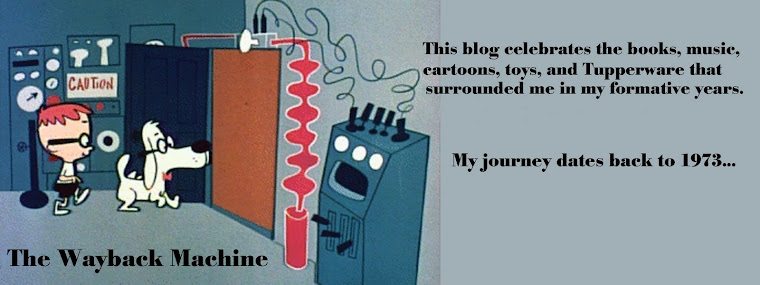Saturday morning cartoons were a big part of the first 20 years of my life. Just kidding. Sort of. I really liked cartoons and so I probably watched them a bit beyond the age most kids stopped watching them. The real golden age for me was probably in the early 80s when I watched things like the Smurfs, the Snorks, The Adventures of the Gummi Bears, Spiderman and his Amazing Friends, Flash Gordon, Monchichi and so forth.
Still I've always loved the old school Hanna Barbera cartoons like Yogi Bear, The Flintstones, The Jetsons, Augie Doggie, Snagglepuss and so forth. One of my all-time favorites was Jonny Quest. I loved this sci-fi adventure series with their groovy hovercrafts and high speed chases. The daring, the action. The cute little dog named Bandit. Apparently the show was inspired by the James Bond film, Dr. No.
Dr. Benton Quest is Jonny's scientist father and Roger "Race" Bannon is Quest's best friend and bodyguard. Dr. Quest is usually developing some new controversial or exciting technology and that often puts him in harm's way, which is what happens in this rather brief little book. Hadji, Jonny's foster brother and best friend doesn't appear in this story.



Beginning and Ending credits for the Original Jonny Quest cartoon:


















































